
How Many People Might Lose Medicaid When States Unwind Continuous Enrollment?

One in four Americans say they struggle to afford their prescription medications. The establishment of this Charitable Pharmacy in Milford will allow patients who live east of Cincinnati better access to care.

A Fireside Chat with AAM Chair, Christine Baeder and Mark Cuban, Entrepreneur and Cost Plus founder

Once the continuous enrollment ends, it is estimated between 5 -14 million individuals will be affected
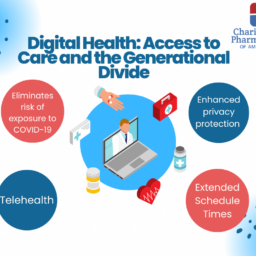
Just as banks have helped seniors bridge the digital divide and leverage online banking to better manage their money, healthcare organizations need to help older adults leverage digital technology to better manage their health.
Good Pill will provide direct access to hundreds of life-saving medications and save families $150+/month on healthcare cost

‘Unbelievably good price’: KC-area pharmacy dispenses bargain medicine — and hope Go to article

An opportunity for charitable pharmacies to collaborate with oncology practices for non-oncology medications during and after treatment.

Charitable Pharmacies of America organization member receives Health Equity grant
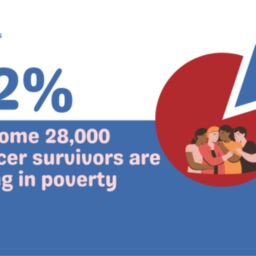
An opportunity for charitable pharmacies to collaborate with oncology practices for non-oncology medications during and after treatment.
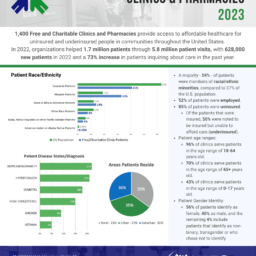
Want to learn more about Free and Charitable Clinics, Charitable Pharmacies and the medically underserved?
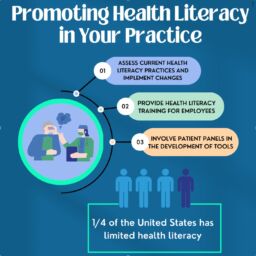
Around one fourth of the United States population does not have adequate health literacy.
Health literacy is defined as the ability to obtain, read, understand, and apply healthcare
information

Uninsured adults and those in worse health continue to report higher rates of not getting care due to costs
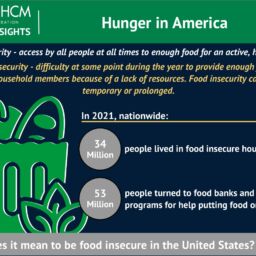
More than 34 million people in the United States were living in food insecure households in 2021, a decline from 38 million in 2020. The combination of the expanded child tax credit, Supplemental Nutrition Assistance Program benefits, and private donations all contributed to reducing food insecurity during the pandemic. Still there is much more work to be done, with food costs spiking 11.4%, the largest annual increase since 1979, inflation factors could easily cause food insecurity to grow.
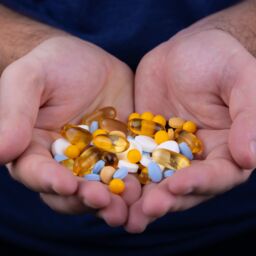
An opportunity for charitable pharmacies to collaborate with oncology practices for non-oncology medications during and after treatment.
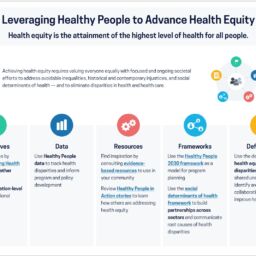
Healthy People 2030 Leveraging Healthy People to Advance Health Equity Health equity is the attainment of the highest level of health for all people. “Eliminate health disparities, achieve health equity, and attain health literacy to improve the health and well-being of all.”

